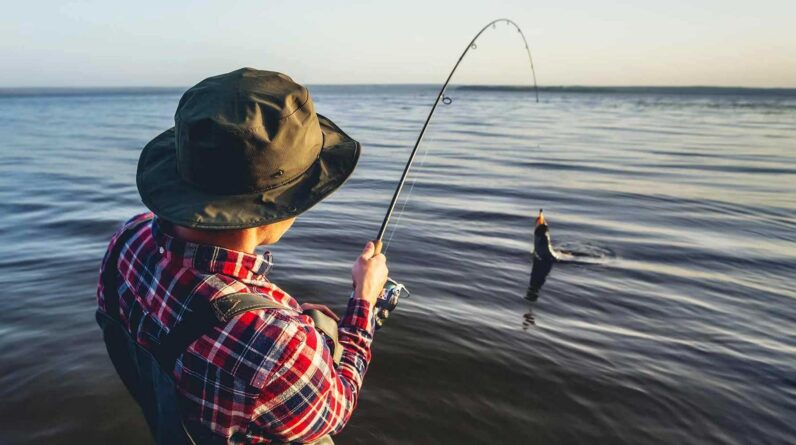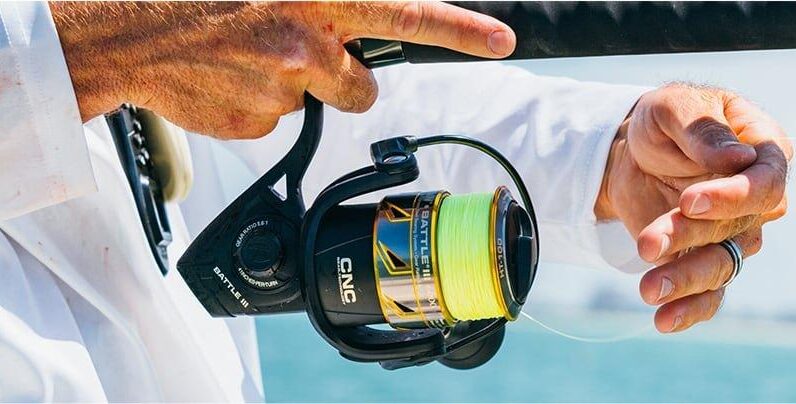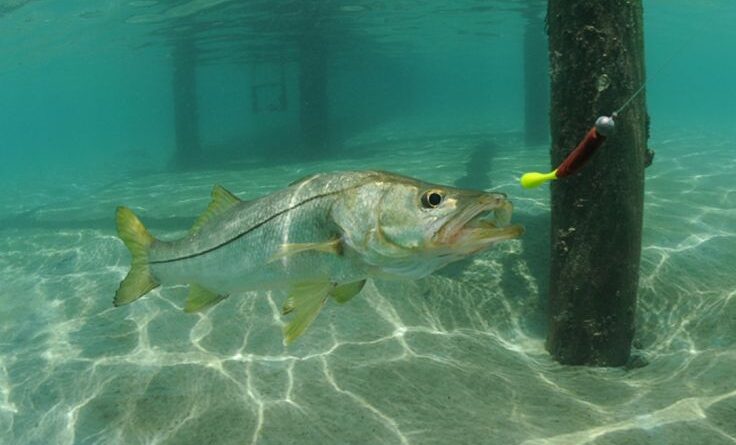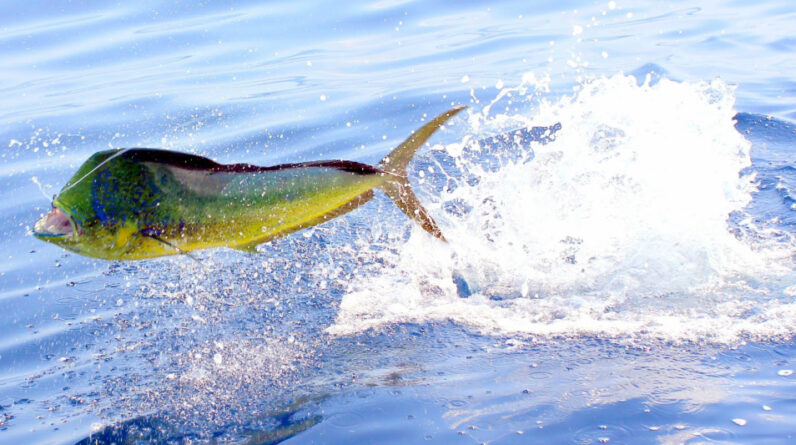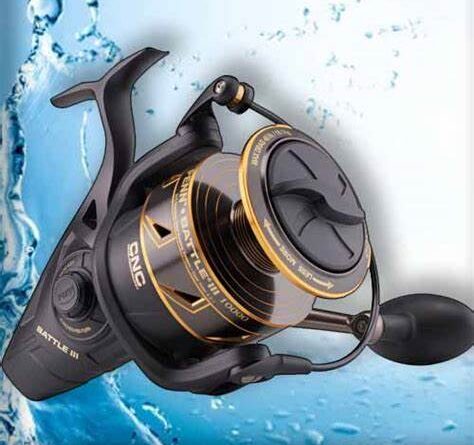Spinning vs. Baitcasting Reels: When it comes to fishing, the reel you choose can truly shape your entire experience on the water. Anglers often find themselves debating between two of the most popular options: spinning reels and baitcasting reels. Both types come with unique advantages, potential drawbacks, and ideal situations where they shine. Choosing the right one can depend on your skill level, target species, and even the fishing environment.
If you’re wondering which is the better fit for your needs, our ever-curious team at Cheerfulfisherman.com is here to help. Dedicated to bringing you the best tips, tools, and knowledge for successful fishing adventures, we’ve created this in-depth guide that breaks down every factor you need to consider—from ease of use and casting accuracy to budget and personal fishing style. By the end, you’ll have a clearer picture of which reel can elevate your next trip and give you the confidence to cast with success.
Introduction to Fishing Reels
Fishing reels are the backbone of any angler’s setup. They not only allow you to cast your bait or lure but also provide the power and control needed to fight and land fish. Among the vast selection of reels on the market, spinning and baitcasting dominate the conversation.
- Spinning reels are often praised for their simplicity, versatility, and beginner-friendly design.
- Baitcasting reels are celebrated for their precision, power, and control, especially when targeting bigger fish or using heavier lures.
But which one should you choose? To answer this, let’s dive deep into the key differences, strengths, and weaknesses of each reel type.
What is a Spinning Reel?
A spinning reel is a type of open-face reel mounted beneath the fishing rod. It features a fixed spool that allows line to uncoil freely during casting. Spinning reels are commonly used for light to medium fishing applications and are highly popular among beginners.
Key Features of Spinning Reels
- Open-face design with a visible spool.
- Bail arm that guides the line onto the spool.
- Drag system located at the front or rear.
- Handle can often be switched from left to right.
Pros of Spinning Reels
- Easy to Use – Ideal for beginners.
- Less Backlash – Rarely causes line tangles compared to baitcasters.
- Versatile – Great for a wide range of fishing techniques.
- Light Lures – Works well with lightweight baits and finesse presentations.
Cons of Spinning Reels
- Line Twist – Susceptible to line twisting issues.
- Lower Power – Not ideal for heavy-duty fishing.
- Reduced Accuracy – Less precise compared to baitcasting reels.

What is a Baitcasting Reel?
A baitcasting reel is mounted on top of the rod and features a revolving spool. Unlike spinning reels, baitcasters require more skill to master due to the spool’s free-spinning nature. With practice, however, they offer superior accuracy and control.
Key Features of Baitcasting Reels
- Revolving spool controlled by a braking system.
- Thumb bar release mechanism.
- Power handle for cranking strength.
- Drag system located on the side.
Pros of Baitcasting Reels
- Accuracy – Exceptional casting precision.
- Power – Handles heavy lines and large lures.
- Durability – Built for long-term, heavy-duty use.
- Control – Superior for techniques like flipping, pitching, and topwater fishing.
Cons of Baitcasting Reels
- Steeper Learning Curve – Takes time to master.
- Backlash – Tangled line (bird’s nest) is common for beginners.
- Cost – Typically more expensive than spinning reels.
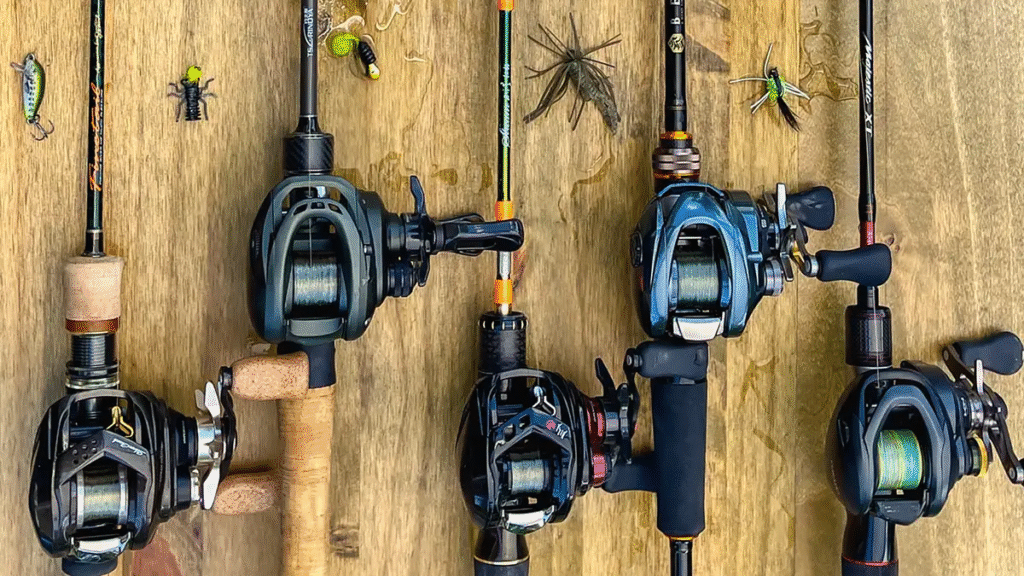
Key Differences Between Spinning and Baitcasting Reels
To help you decide between the two, let’s compare them side by side:
| Feature | Spinning Reel | Baitcasting Reel |
|---|---|---|
| Ease of Use | Beginner-friendly | Requires practice |
| Casting Distance | Good for light lures | Superior with heavier lures |
| Accuracy | Moderate | Excellent |
| Power | Limited | High |
| Line Capacity | Moderate | Larger capacity |
| Best For | Light tackle, finesse fishing | Heavy tackle, large fish |
| Price Range | Budget to mid-tier | Mid-tier to premium |
When to Use a Spinning Reel
Spinning reels shine in specific scenarios where their strengths are most beneficial:
- Finesse Fishing – Drop shots, Ned rigs, and wacky rigs.
- Light Lures – Small crankbaits, soft plastics, and live bait.
- Saltwater Inshore Fishing – Redfish, trout, snook, and flounder.
- Beginners – New anglers learning the basics of casting and retrieval.
When to Use a Baitcasting Reel
Baitcasters dominate when more power and precision are needed:
- Heavy Cover Fishing – Punching through grass, flipping into brush.
- Big Game Freshwater Fishing – Bass, pike, musky, catfish.
- Larger Lures – Swimbaits, jigs, spinnerbaits, and topwater frogs.
- Advanced Techniques – Pitching, skipping, and precise lure placement.
Learning Curve: Spinning vs. Baitcasting
- Spinning Reel: Nearly no learning curve. Most people can cast effectively within minutes.
- Baitcasting Reel: Requires practice with spool tension, brakes, and thumb control. Beginners often face backlash until they develop skill.
Tips for Learning Baitcasting Reels
- Start with heavier lures (½ oz or more).
- Use quality line—monofilament is more forgiving than braid.
- Adjust braking system and spool tension before casting.
- Practice short, controlled casts.
Price Comparison
- Spinning Reels: $30 – $200 (great options for all budgets).
- Baitcasting Reels: $70 – $400+ (higher quality often comes at a premium).
If you’re budget-conscious or just starting, spinning reels provide excellent value. Baitcasting reels are an investment for anglers committed to improving technique and targeting larger fish.
Durability and Maintenance
- Spinning Reels: Easier to maintain but less durable under heavy strain.
- Baitcasting Reels: Built to last with stronger gears, but require more frequent cleaning and lubrication.
Maintenance Tips
- Rinse with fresh water after saltwater use.
- Lubricate moving parts regularly.
- Check for line wear and spool damage.
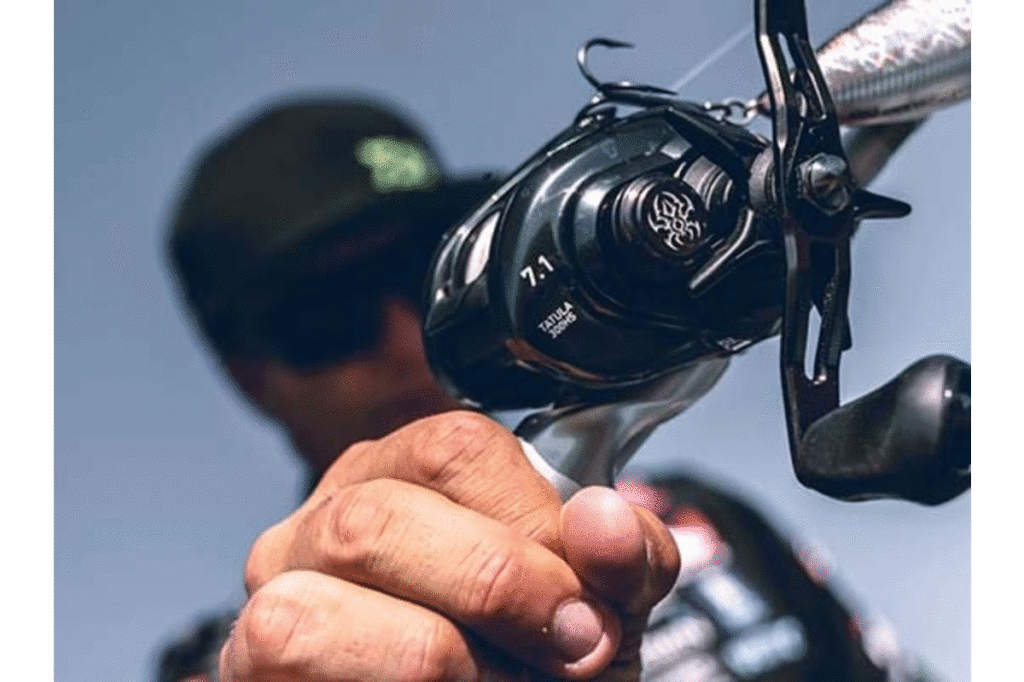
Which Reel is Better for Bass Fishing?
For bass fishing, both reels have their place:
- Spinning Reel: Great for finesse tactics like drop shots, shaky heads, and wacky rigs.
- Baitcasting Reel: Best for power fishing with jigs, spinnerbaits, topwater frogs, and flipping heavy cover.
Many bass anglers carry both setups to cover different techniques.
Which Reel is Better for Saltwater Fishing?
- Spinning Reels: Popular for inshore saltwater fishing (trout, redfish, snook).
- Baitcasting Reels: Excellent for targeting larger saltwater species but require saltwater-rated components.

Beginner vs. Advanced Anglers
- Beginners should almost always start with a spinning reel to avoid frustration.
- Advanced Anglers who have mastered baitcasters can enjoy the benefits of superior accuracy, control, and power.
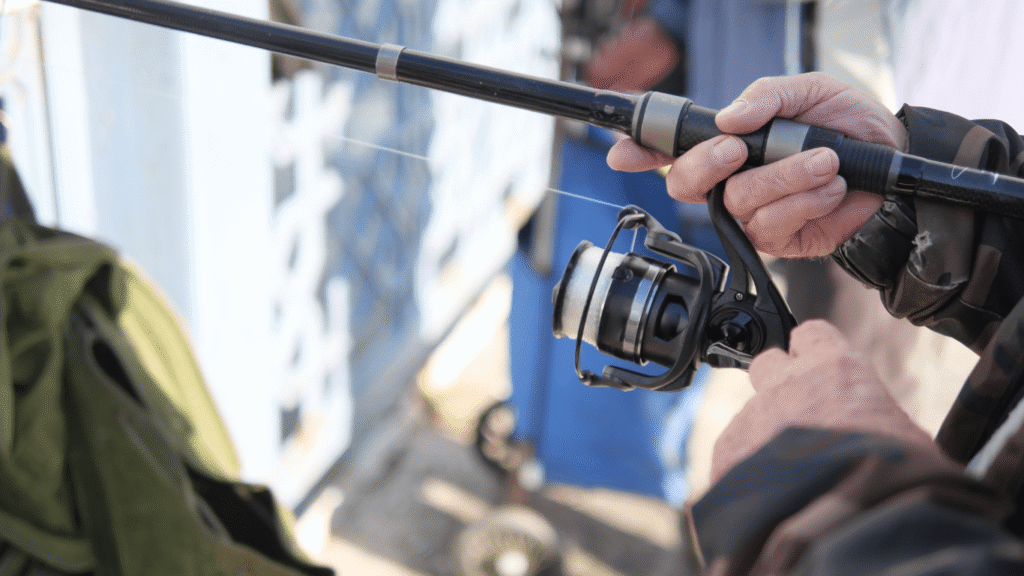
Common Mistakes to Avoid
With Spinning Reels
- Overfilling the spool (leads to line twists).
- Using line that is too heavy for the reel.
- Neglecting to close the bail by hand.
With Baitcasting Reels
- Improperly adjusting the braking system.
- Trying to cast light lures before gaining experience.
- Using low-quality line prone to memory or tangling.
Expert Opinions
Professional anglers often recommend carrying both reel types to maximize versatility. Tournament bass anglers, for example, rely on spinning reels for finesse tactics and baitcasters for power fishing.
FAQs: Spinning vs. Baitcasting Reels
1. Which reel casts farther: spinning or baitcasting?
Baitcasting reels generally cast farther with heavier lures due to their revolving spool design, but spinning reels perform better with lightweight lures.
2. Is a baitcasting reel good for saltwater?
Yes, as long as it’s built with corrosion-resistant materials. Many saltwater baitcasters are designed for inshore and offshore applications.
3. Which reel is best for beginners?
A spinning reel is best for beginners because it’s easier to use, less prone to backlash, and more versatile for different fishing styles.
4. Why do pros use baitcasters more often?
Professional anglers prefer baitcasters for their superior accuracy, power, and ability to handle heavy lines and lures—essential for competitive fishing.
5. Can I use braided line on both reels?
Yes, but baitcasting reels handle braided line better because of their strong spool design, while spinning reels may require a monofilament backing to prevent slippage.
6. Are spinning reels cheaper than baitcasting reels?
On average, yes. Spinning reels are more budget-friendly, while baitcasting reels are often priced higher due to advanced components and build quality.
7. Which reel is better for kids?
Spinning reels are the best choice for kids and young beginners thanks to their ease of use and forgiving design.

Conclusion: Which One Should You Choose?
The decision between a spinning reel and a baitcasting reel depends largely on your experience level, target species, fishing environment, and budget.
- Choose a Spinning Reel if:
- You’re new to fishing.
- You use light lures and finesse tactics.
- You want versatility across different fishing styles.
- Choose a Baitcasting Reel if:
- You’re an experienced angler.
- You target large fish or fish heavy cover.
- You value accuracy, power, and control.
Final Thoughts
There’s no one-size-fits-all answer in the spinning vs. baitcasting debate. The best anglers often own and use both, depending on the situation. If you’re just starting, a spinning reel will get you fishing quickly and with less hassle. As your skills progress, adding a baitcasting reel to your arsenal can open up advanced techniques and help you land bigger catches.
Bottom line: Start with spinning, grow into baitcasting, and eventually, you’ll appreciate the strengths of both.


